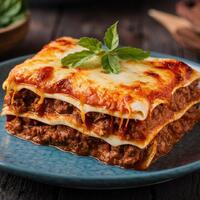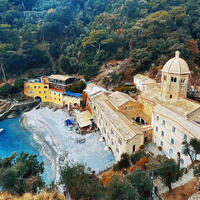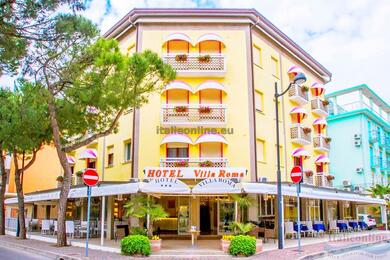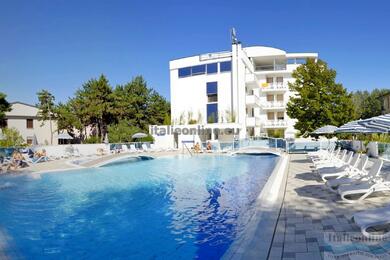In our country, seafood consumption is still not widespread. Although frutti di mare are very tasty and healthy, they are perishable and must be kept fresh.
Fish is most often grilled, fried or baked with herbs and lemon in olive oil, while other seafood (mussels, crayfish, prawns, crabs, lobsters, langoustines, cuttlefish) is cooked quickly to preserve flavour and tenderness.
Salmon (salmone), tuna (tonno), cod (merluzzo), mackerel (sgombro), plaice (sogliola), ray, sea bream, sea bream and sea bream are the most commonseafood on the Italian table. sea bass and monkfish (coda di rospo), sea bream (dorata), and smaller fish such as anchovies (asciughe) - often put on pizza, herring (aringa) and sardines (sardine).
Small fish, smaller and larger crustaceans and molluscs are collectively known as seafood and form an important part of Italian gastronomy. Although there is a huge variety of them, a few of the most common types are most often prepared:
- Shrimps and prawns (gamberi, gamberetti) - probably the most popular of all, they have an excellent taste and contain proteins, minerals and only a minimum of fat. They can be added to pasta or risotto, fried or grilled, and are good in salads or cocktails.
- Lobsters and lobsters (astice, gambero) - their white meat is considered a delicacy throughout the world, prepared by grilling, boiling or baking with butter and shallots.
Crabs (granchio) - have a delicate diet meat, most often served boiled.
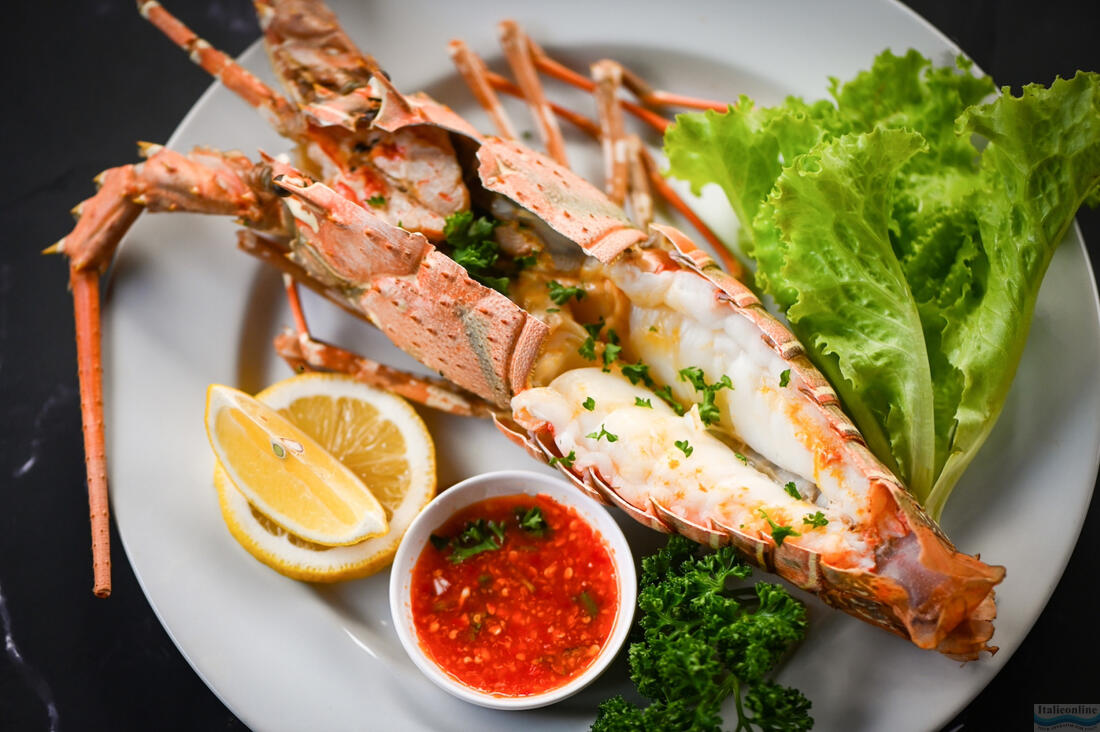
- Octopus, cuttlefish, calamari (polpo, seppia, calamari) - added to salads, pasta and risotto, can be boiled, steamed, fried and grilled. The meat is dietary, but a little tougher, so it takes longer to prepare. Calamari rounds are often breaded and fried, small squid are delicious pickled, and sepia ink (nero di seppia) can also be used to colour pasta for a few weeks in season.
- Mussels (conchiglia) - this very diverse species takes many different forms. In Italy, mussels (cozze), grilled or steamed in wine with herbs and vegetables, are very popular; the fresh ones are always open when cooked. St. James mussels (capesante) or scallops have a typical shell shape and are excellent on their own or in mixtures. The small scallops added to mixtures and pasta are called heart scallops (vongole).
Vegetable salad is often served as a side dish with fish and seafood, as well as chips or traditional polenta in restaurants. Polenta is roasted cornmeal cut into slices, it can be white or creamy yellow - it looks a bit like our slice of dumpling, but the taste is completely different and some people will find it rather bland. It used to be a typical dish of poor fishermen and peasants, but nowadays it is also served in upmarket restaurants.



